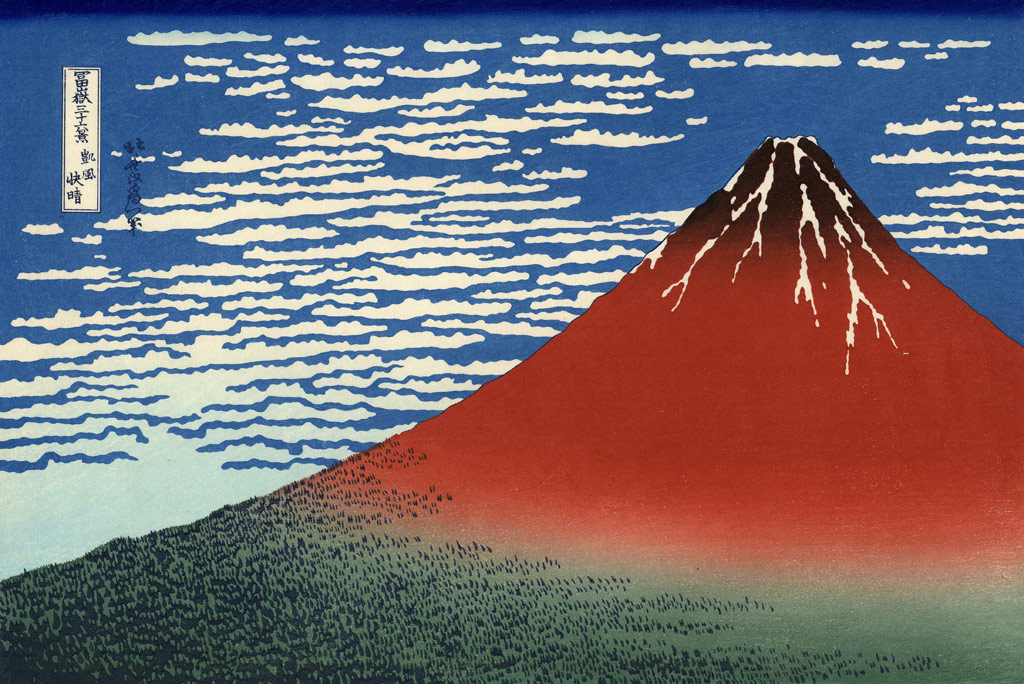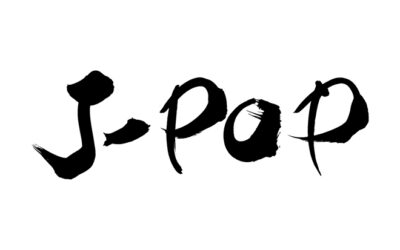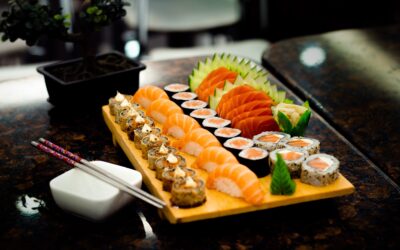Katsushika Hokusai (1760-1849) is one of the most notable ukiyo-e artists of recent years, and was the only Japanese selected as “The 100 most important people of the millennium by Life magazine”.
European Arts influenced by the Japonism
“Japonism” refers to a movement in the late 19th century in which Japanese arts and crafts spread throughout Europe and other parts of the world and were highly acclaimed. They were not only the subject of collecting and criticism, but also influenced many artists of the period. And, what led this Japonism is “Ukiyo-e”, including Hokusai’s works.
Japonism’s Arrival with Potteries, Porcelains, and Lacquerware
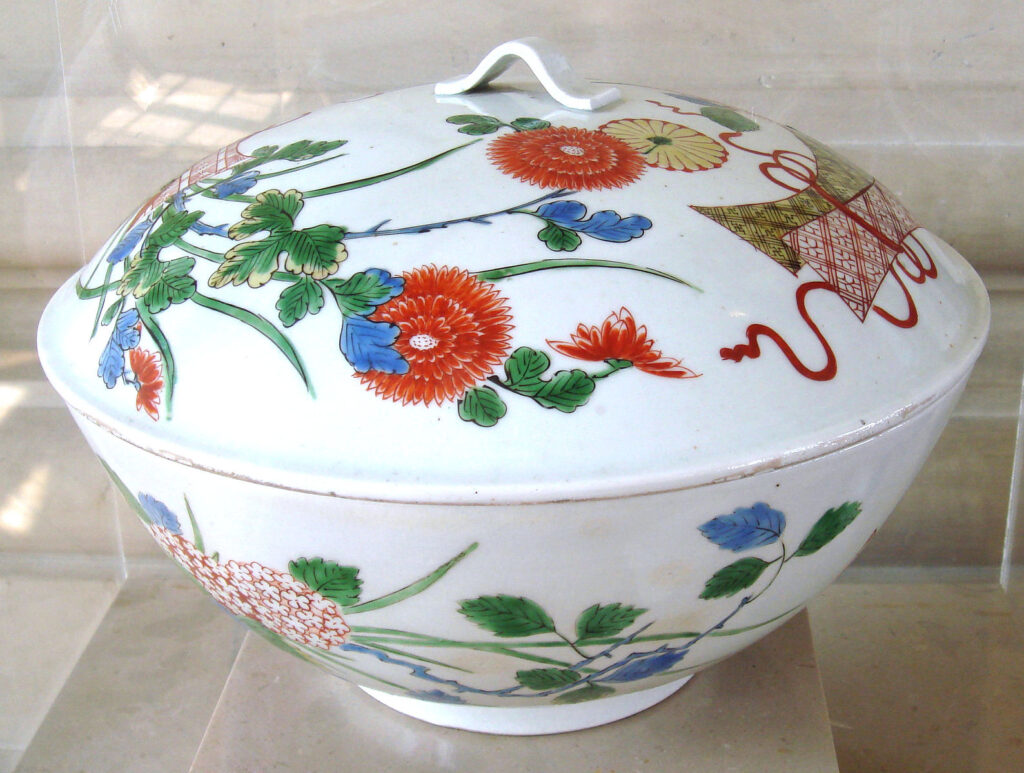
©World Imaging / Imari_porcelain bowl_Japan_circa_1640
The first Japanese art recognized by Europe was porcelains, not ukiyo-e. They were originally developed in China and were purchased by royalty and nobility throughout Europe.
However, with the fall of the Ming Dynasty in China, their imports ceased. Instead, Japanese ones were imported. These were in the mid-17th century.
The porcelain works of “Ko-Imari”, “Iro-Nabeshima”, and “Kakiemon” were born around this time. It is reported that about 2 million pieces of porcelain were exported from Japan to Europe for about 30 years from 1652 to 1683.
However, exports from Japan declined as white porcelain veins were discovered in Europe, technologies for developing them advanced in Meissen and Sèvres, and their production were developed in imitation of Japan and China.
Ukiyo-e found as a packaging material for porcelains
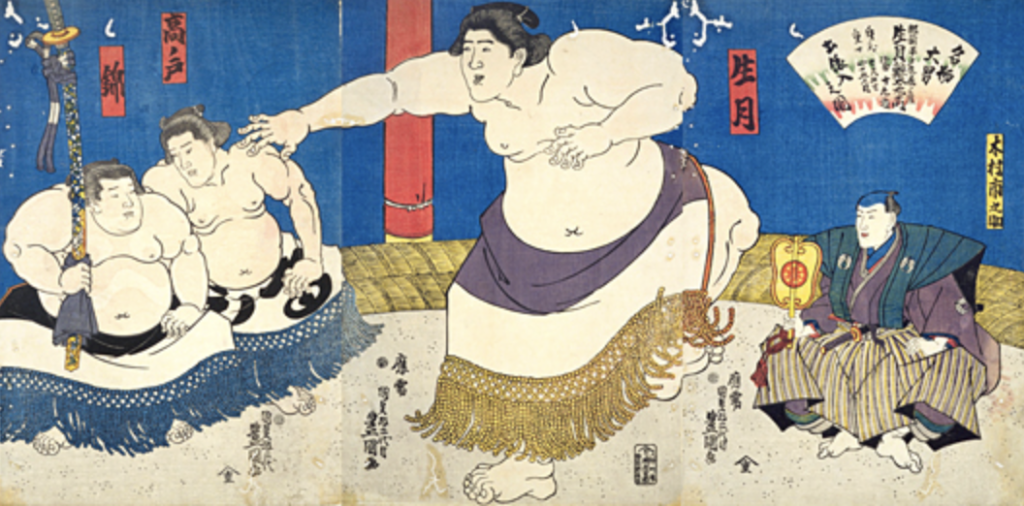
©Japan National Diet Library.
As for ukiyo-e, elaborate woodblock prints of multicolor “Nishiki-e” were developed in 1765.
It is said that Isaac Tietzing, the chief of the Dutch trading post in Nagasaki, was the first to export ukiyo-e, and that Philip Franz Siebold, who later came to Japan as a Dutch trading doctor, brought Hokusai’s ukiyo-e back to Europe.
Eventually, in the mid-19th century, the French began to appreciate Japanese art. In 1851, the Goncourt brothers published ” Journal Des Goncourt,” in which they expressed their extraordinary interest in Japanese art.
Then, in 1856, the printmaker Félix Blackmon discovered the “Hokusai manga” by chance, and interest in Japanese art spread quickly among painters and literary figures of Paris.
According to one account, Blackmon’s encounter with the Hokusai manga began when he happened to visit the workshop of the printer Delatre and saw a red-covered drawing book left in a corner. The book had been used as cushioning material for a shipment of Japanese ceramics.
Thus, Hokusai and other Japanese ukiyo-e artists came to have a great influence on the long tradition of Western painting.
#1: Claude Monet
Ukiyo-e captured people’s hearts with its beauty and expression, which was completely different from the European tradition that had until then emphasized perspective and aimed for photorealistic reproduction. For young artists, in particular, it was a “new world of beauty” that had never existed before, and a beacon that provided hints for “new artistic expression”.
The Japanese Footbridge, 1899

©courtesy national gallery of art Washington
One of the most influential ukiyo-e artists is Claude Monet(1840-1926). In the 1870s, when he was in his 30s, he began collecting Ukiyo-e, and during his lifetime he amassed a total of 292 works that can be verified today.
It has been noted that he not only collected these ukiyo-e, but often used them as references for the composition of his own works.
In 1893, he purchased a plot of land next to Giverny‘s house and began to create a Japanese-style garden. The garden was decorated with motifs from ukiyo-e woodblock prints, such as a footbridge and a wisteria trellis, and many Japanese plants were planted.
Monet himself was proud of this garden as his masterpiece. One of the most notable features is the pond. 1899-1900, he painted 18 works on the subject of the combination of these three elements: water surface with floating water lilies, willows, and a footbridge over a pond. Although these works depict the same motifs, they have very different tones and atmospheres.
The ukiyo-e that Monet used as a reference for the footbridge is “Kameido Tenjin Keidai”, one of Utagawa Hiroshige‘s “Meisho Edo Hyakkei” series as below:

©Japan International Diet Library, “Kameido Tenjin Keidai”
The Unique Colors of Ukiyo-e
So why did Monet love Ukiyo-e so much?
Referring to Monet’s collection of over 200 ukiyo-e prints, more than half of them are landscapes by Hokusai and Hiroshige. These prints are rich in color and very vivid in color, as well as in their composition.
Among its colors, indigo stands out for its vibrancy. During the period when Hokusai and Hiroshige were active, a chemically manufactured pigment called Prussian blue was imported from Europe and widely used.
This pigment was dissolved in water and rubbed into Japanese paper to bring out the vividness and freshness unique to woodblock prints. When ukiyo-e prints were exported to Europe, this color became known as “Hiroshige blue” and was highly valued.

©Adachi-Hanga, Fugaku Sanjurokkei, Koshu Kajikazawa, Katsushika Hokusai
#2: Claude Debussy
Hokusai’s ukiyo-e inspired not only art but also music.
Thirty-six Views of Mt. Fuji

©Adachi-Hanga, Fugaku Sanjurokkei, Kanagawa Oki Namiura, Katsushika Hokusai
Fugaku Sanjurokkei (Thirty-six views of Mt. Fuji) is Hokusai’s masterpiece and also the most famous Ukiyo-e landscape. This series was published in 1830, and all of the illustrations in the series depict Mt. Fuji.
These include world-famous works such as “Kanagawa Okinamiura“(The Great Wave off Kanagawa) and “Gaifu Kaisei“. Fuji, each with its own unique shape, is a sight to behold.
“La mer”
Claude Achille Debussy (1862-1918), known for compositions such as “Clair de lune”, was a French composer during the Japonism. He was a collector of Japanese art, including Buddhist statues and tobacco, not to mention ukiyo-e prints.
He spent his childhood in Cannes, which influenced his lifelong fascination with the sea. His symphonic poem “La mer” consists of three pieces that express his various impressions of the sea through music.
The three songs consist of the following:
1: “De l’aube à midi sur la mer”(From dawn to midday on the sea)
2: “Jeux de vagues“(Play of the waves)
3: “Dialogue du vent et de la mer“(Dialogue of the wind and the sea)
He said that the essence of music does not lie in form, but in time with color and rhythm.
The innovation of this piece is that it freely expresses the sea in music, not through melody, but through the mass of sound and the movement of sound. And on the cover of this score was an ukiyo-e by Hokusai.

